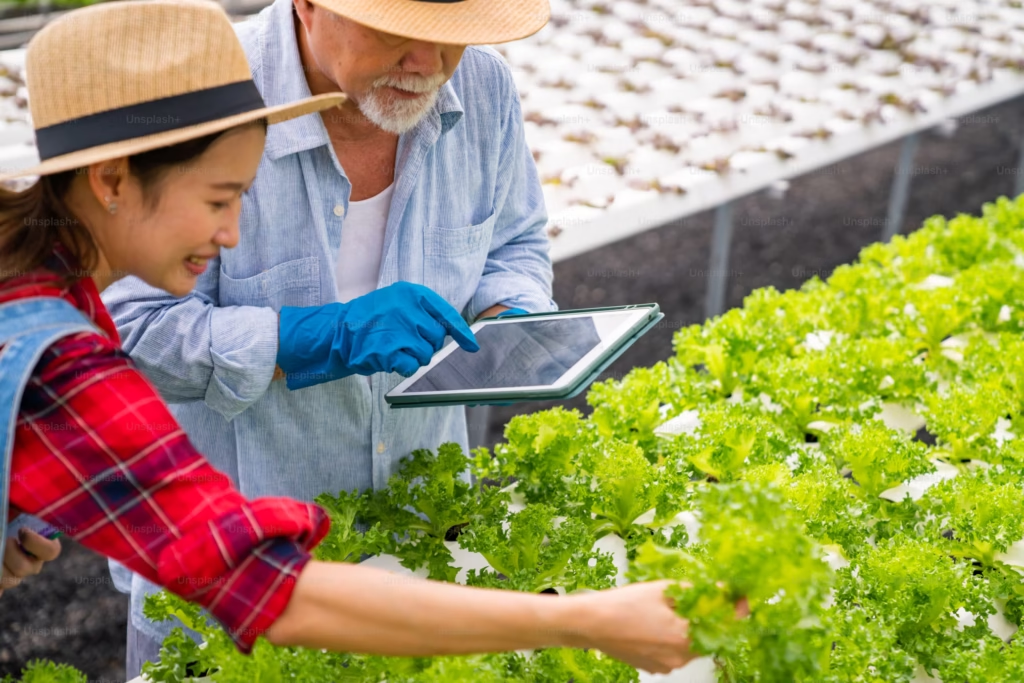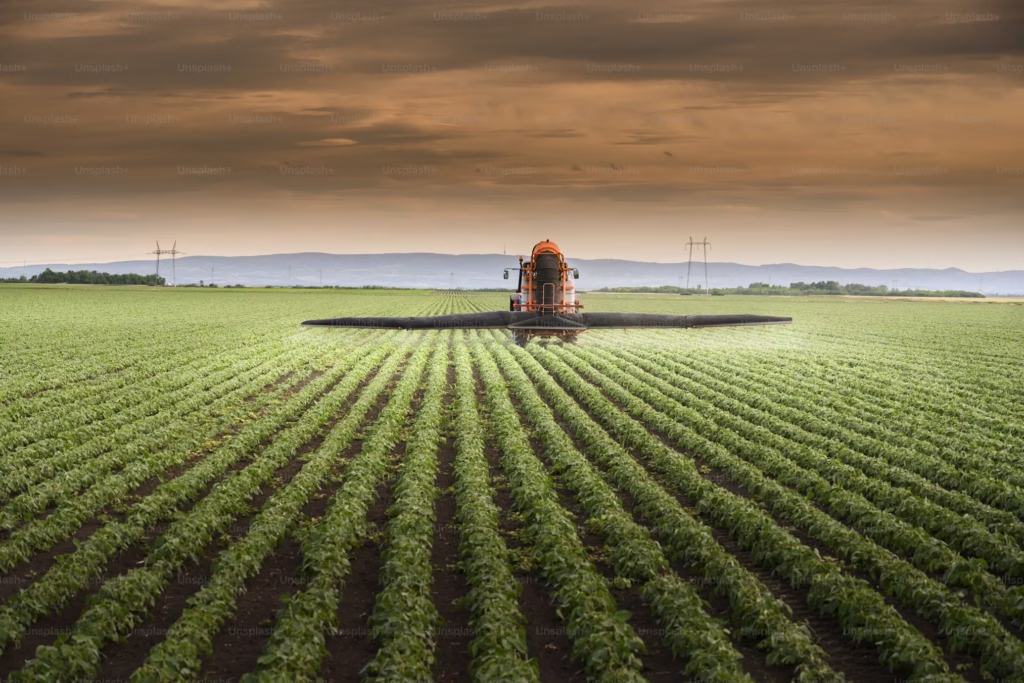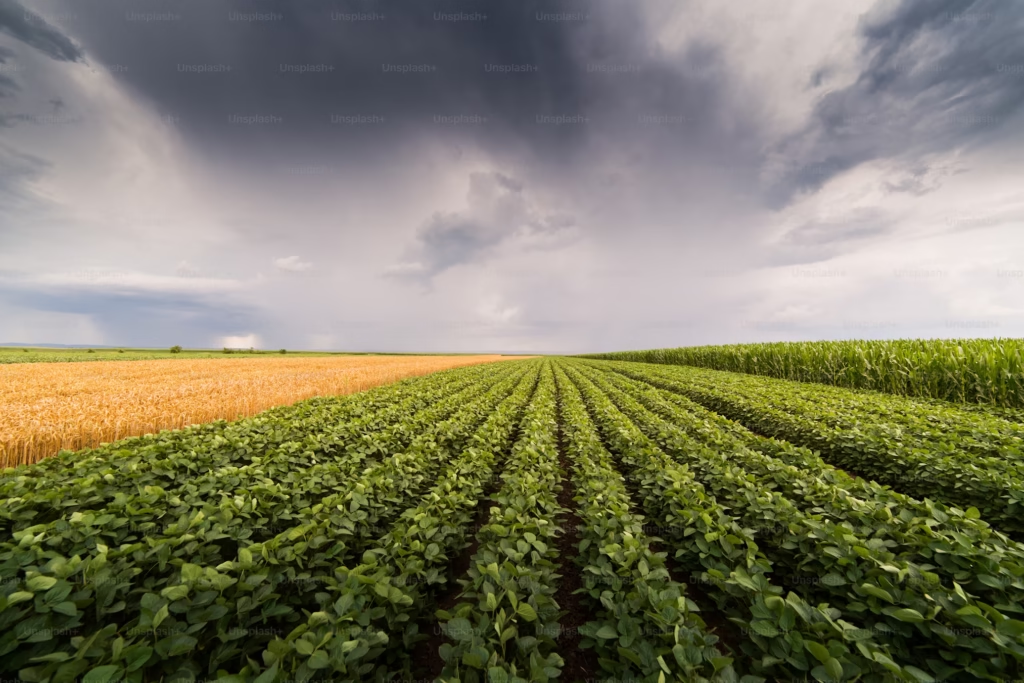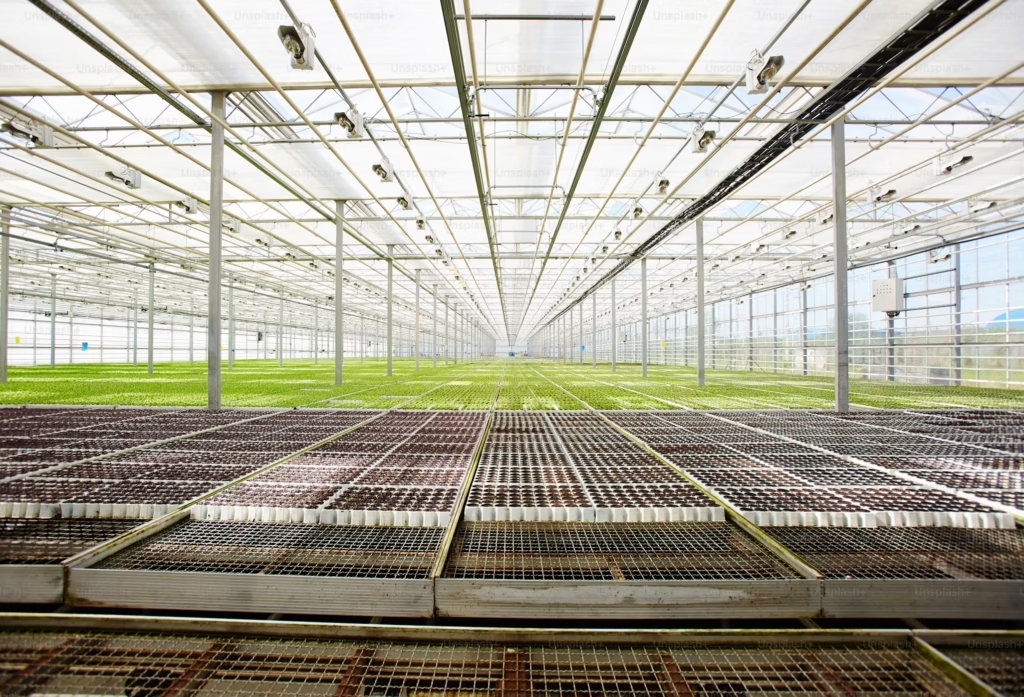
Smart Farming with IoT: Everything You Need to Know
The rise of Internet of Things (IoT) technology has revolutionized many industries, and agriculture is no exception. By incorporating IoT solutions, farmers are transforming traditional farming methods into more efficient, data-driven practices. Smart farming, powered by IoT, involves using connected devices, sensors, and systems to monitor and manage various aspects of farming operations. In this guide, we’ll explore how IoT is shaping the future of agriculture, its benefits, and how to implement it in your farming practices.
What is Smart Farming with IoT?
Smart farming with IoT refers to the use of connected devices, sensors, and networks to monitor and manage agricultural activities. IoT devices collect real-time data from the field, such as temperature, soil moisture, crop health, and livestock movements. This data is sent to cloud-based platforms or local servers for analysis, enabling farmers to make more informed decisions and automate various farming processes.
Key Components of IoT in Smart Farming
- Sensors
Sensors are the backbone of IoT in agriculture. They collect data about environmental conditions, soil health, and crop status. Common types of sensors used in smart farming include:- Soil moisture sensors: Measure the amount of water in the soil to optimize irrigation.
- Temperature and humidity sensors: Monitor climate conditions, ensuring crops receive optimal conditions.
- PH and nutrient sensors: Assess soil quality and help farmers apply the right fertilizers.
- Crop health sensors: Detect pests, diseases, and stress signs in plants.
- Automated Systems
IoT enables the automation of tasks such as irrigation, fertilization, and pest control. By integrating sensors with systems like automated irrigation controllers, farmers can ensure their crops receive water only when needed, preventing water waste. - Drones and UAVs (Unmanned Aerial Vehicles)
Drones are used for aerial surveillance, capturing high-resolution images and monitoring large crop fields. They help in mapping field conditions, identifying areas needing attention, and managing crop health with precision. - GPS and RTK Systems
GPS technology and Real-Time Kinematic (RTK) systems enhance precision farming. With these systems, farmers can map their fields in high detail, enabling precise planting, harvesting, and irrigation operations.
How IoT Benefits Smart Farming
- Improved Crop Yield and Efficiency
IoT enables farmers to monitor crop conditions continuously, ensuring they provide the best environment for growth. By optimizing irrigation, nutrient levels, and pest management, IoT can help boost crop yields and reduce resource waste.- Precision Irrigation: Smart irrigation systems monitor soil moisture levels and weather forecasts, delivering just the right amount of water to crops. This reduces water waste and ensures crops receive optimal hydration.
- Reduced Operational Costs
Automating tasks such as irrigation, fertilization, and pest control helps reduce labor costs and minimizes the need for chemical applications. IoT-powered systems provide real-time data to make smarter, more cost-effective decisions. - Real-Time Monitoring and Data Collection
With IoT devices installed in the field, farmers can monitor conditions such as soil moisture, temperature, and humidity in real time. This allows for immediate action to address issues like disease outbreaks, pest infestations, or irrigation needs. - Better Resource Management
Efficient use of resources, such as water, fertilizers, and energy, is a major advantage of smart farming. IoT enables precise application of inputs, reducing waste and increasing sustainability. For instance, farmers can use real-time data to apply fertilizers only when needed and in the correct quantities. - Increased Sustainability
By making farming practices more efficient, IoT helps reduce the environmental impact of agriculture. From minimizing water use to reducing the need for harmful pesticides, smart farming practices are more sustainable in the long run. - Improved Livestock Management
IoT also extends to livestock farming. With connected devices, farmers can monitor animal health, track movements, and even automate feeding. Sensors can detect if animals are sick or in distress, allowing for quicker intervention and better animal welfare.
Implementing IoT in Smart Farming
- Start with the Basics
To begin implementing IoT on your farm, you don’t need to install an entire suite of devices all at once. Start small by integrating a few key devices that will have an immediate impact. For example, install soil moisture sensors to optimize irrigation. - Select the Right IoT Platforms
Choose an IoT platform that is user-friendly, compatible with your existing equipment, and offers the tools you need for data collection, analysis, and reporting. Some platforms come with mobile apps, making it easier to monitor and control systems remotely. - Invest in Connectivity
A strong, reliable internet connection is essential for IoT systems to function correctly. Consider investing in 5G networks or low-power wide-area networks (LPWAN) to ensure data transmission is seamless, even in remote farming areas. - Data Analysis and Decision-Making
Collecting data is only part of the equation; analyzing it effectively is key. Many IoT systems come with built-in analytics tools that provide insights into your farming practices. You can make better decisions based on these insights, improving efficiency and productivity. - Training and Support
Ensure you and your team are properly trained to use IoT devices and systems. Many manufacturers offer training sessions, online courses, and customer support to help you get the most out of your IoT investments.
Challenges of Implementing IoT in Agriculture
- Initial Investment
The upfront cost of IoT equipment and systems can be high, particularly for small-scale farmers. However, the long-term benefits, including increased yields and reduced operational costs, often outweigh the initial investment. - Data Overload
IoT devices generate vast amounts of data. Managing and interpreting this data can be overwhelming, especially without the right tools and knowledge. Farmers may need additional resources to analyze the data effectively. - Connectivity Issues
Rural areas, where many farms are located, may face connectivity challenges, making it difficult to rely on real-time data. Low-power networks and local data processing systems can help overcome this hurdle. - Security Concerns
As farms become more connected, they are also more vulnerable to cyber-attacks. Farmers must ensure that their IoT devices and data are secure by using encryption, strong passwords, and regular software updates.
Conclusion
Smart farming powered by IoT technology offers vast potential for increasing the efficiency, sustainability, and profitability of agricultural operations. By leveraging connected devices and data-driven insights, farmers can optimize crop production, reduce costs, and make informed decisions that benefit both their bottom line and the environment. While there are challenges to overcome, the future of agriculture is undeniably connected, and adopting IoT will be key to staying ahead in a competitive industry.



